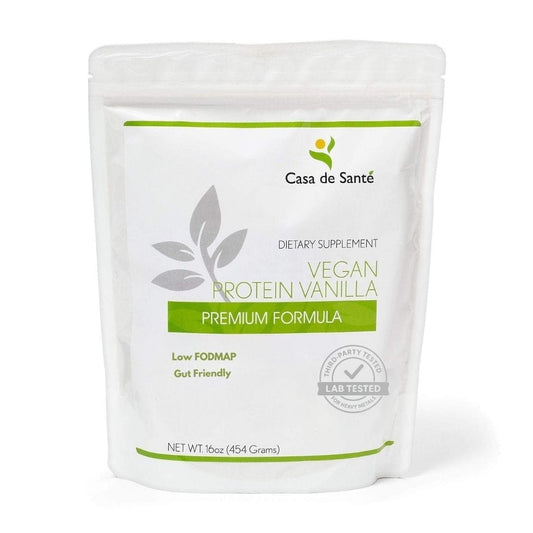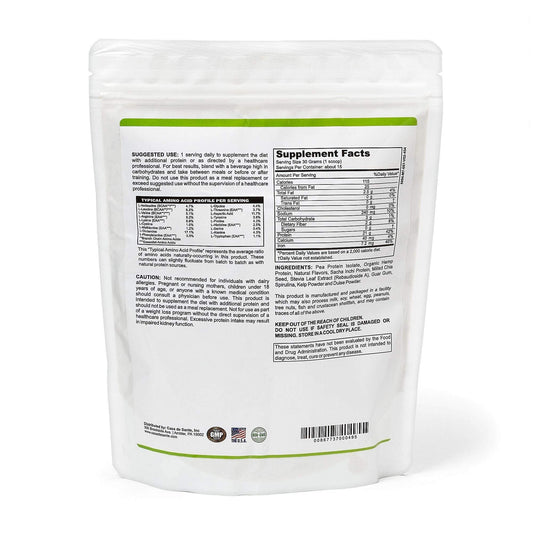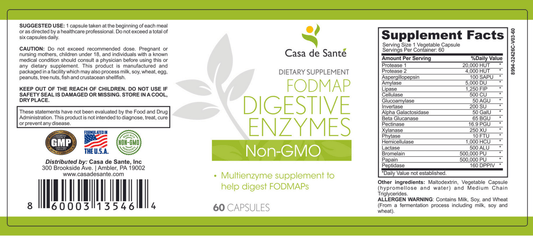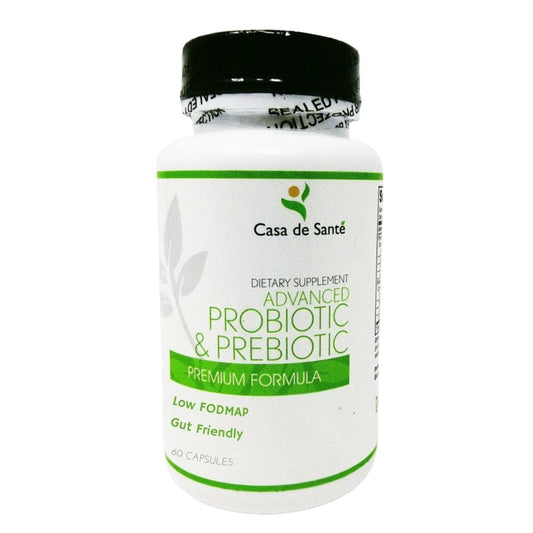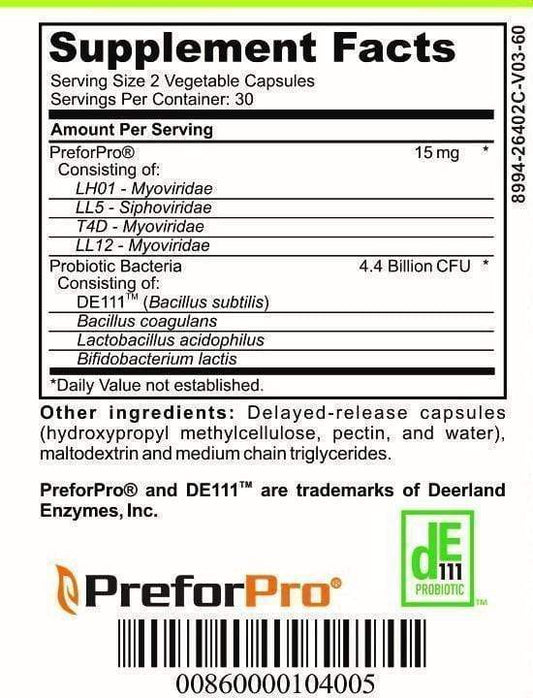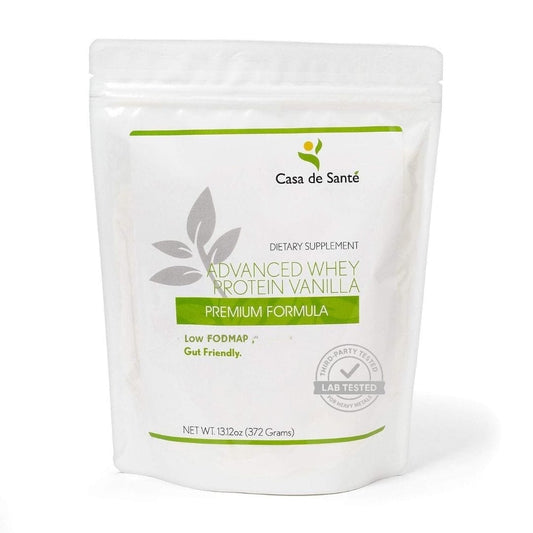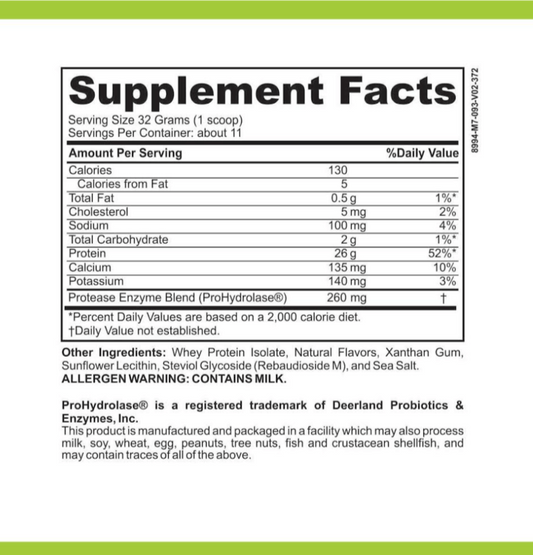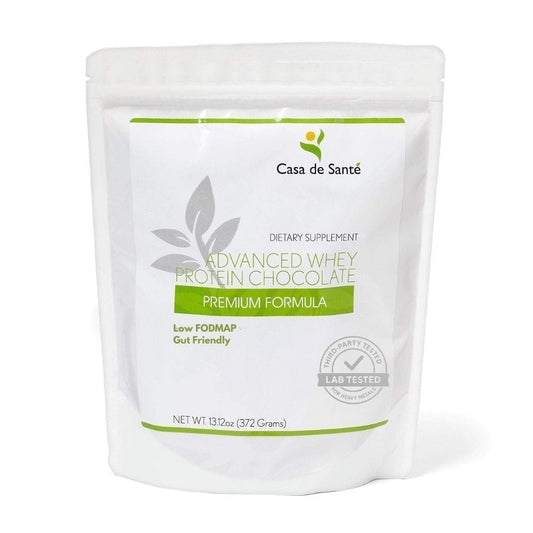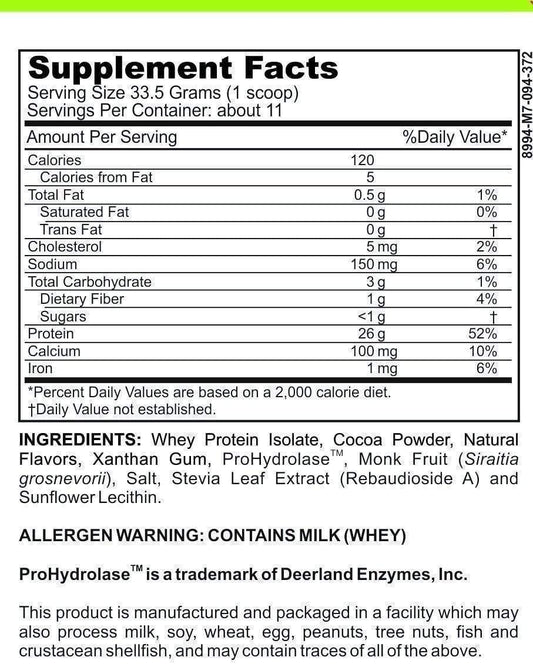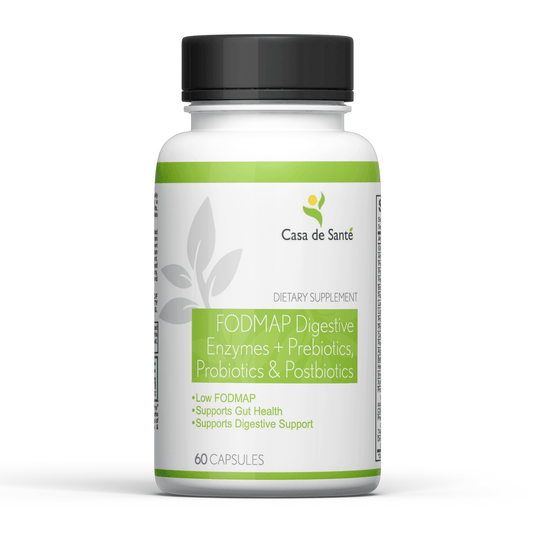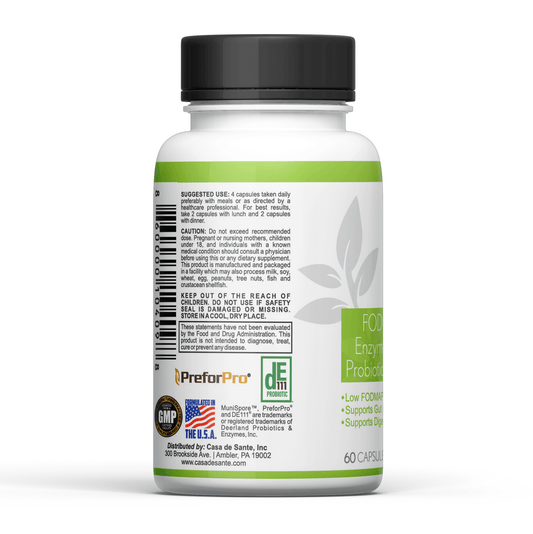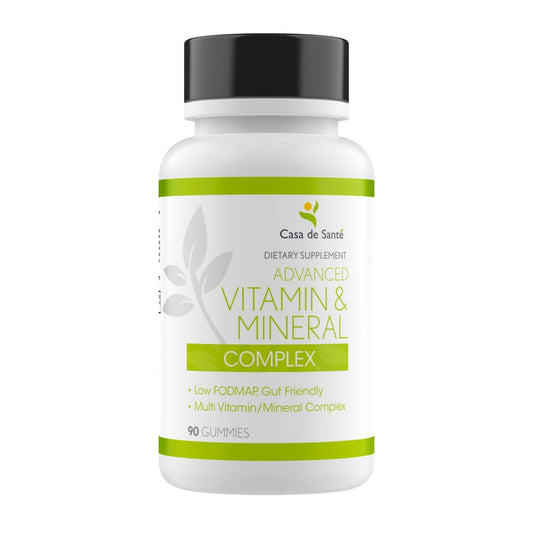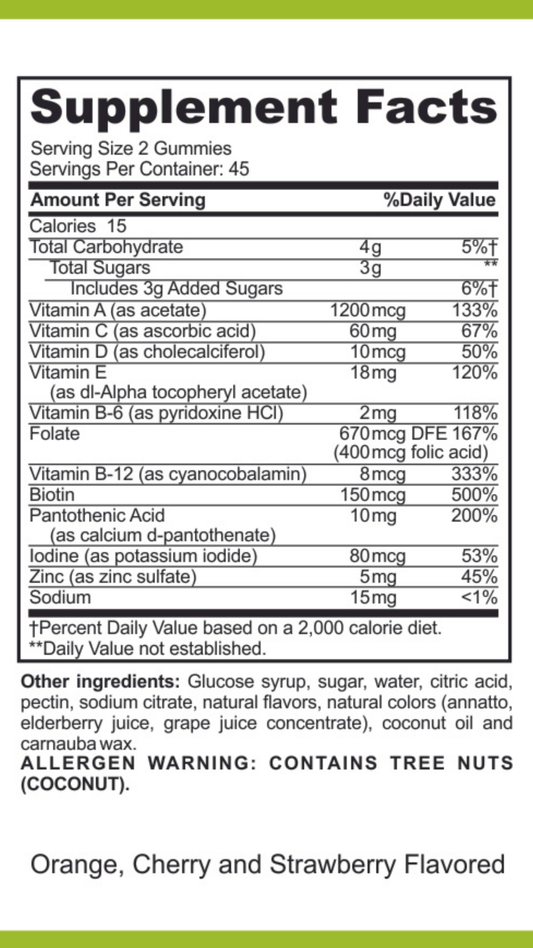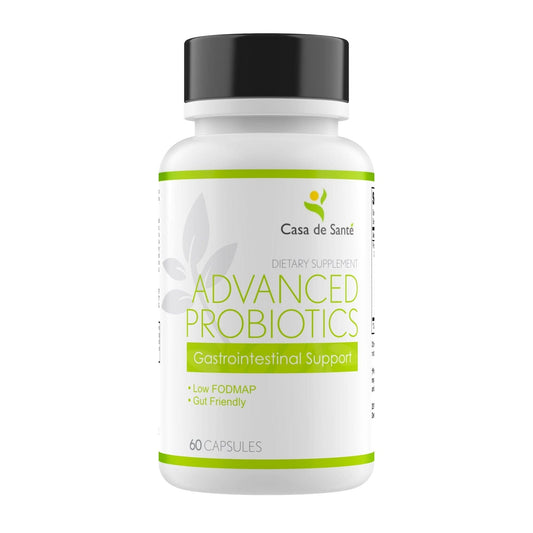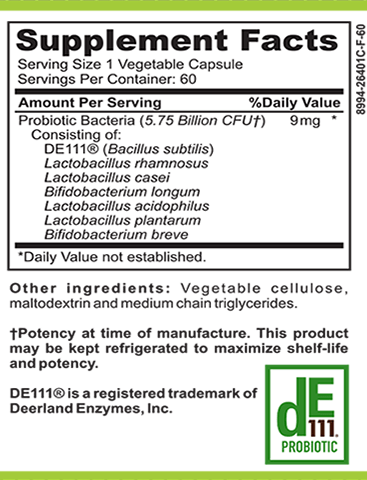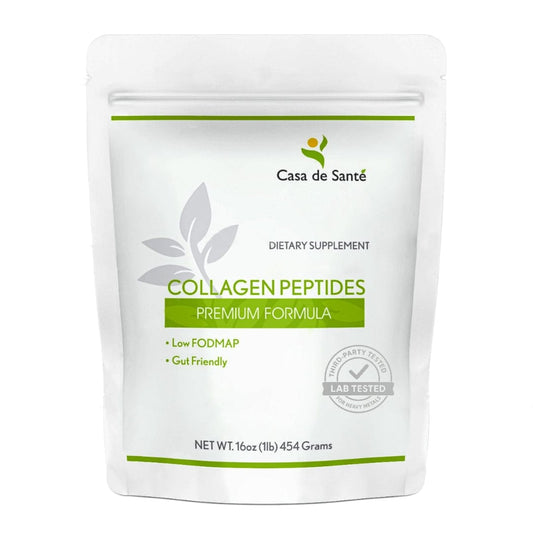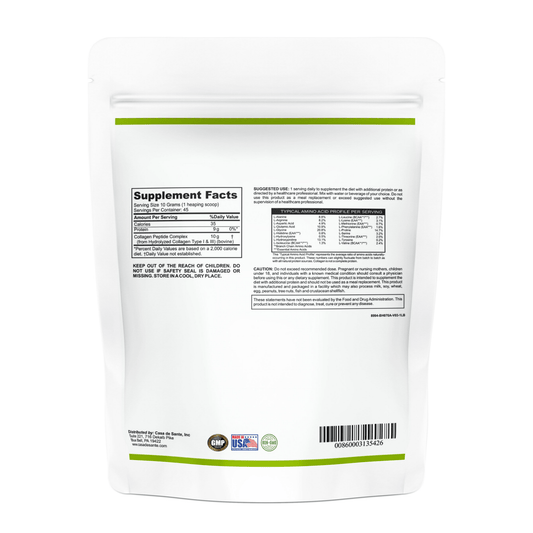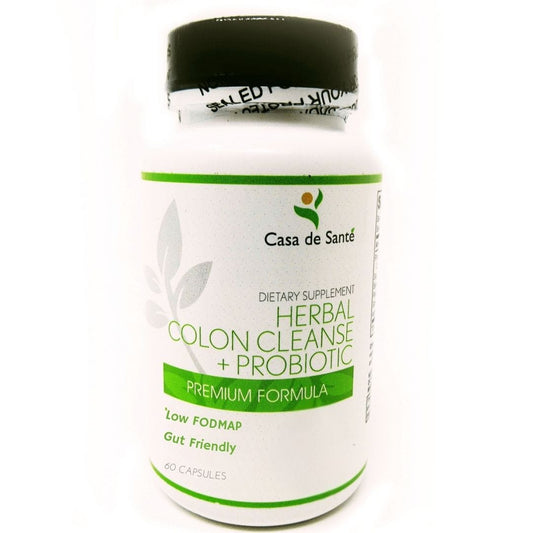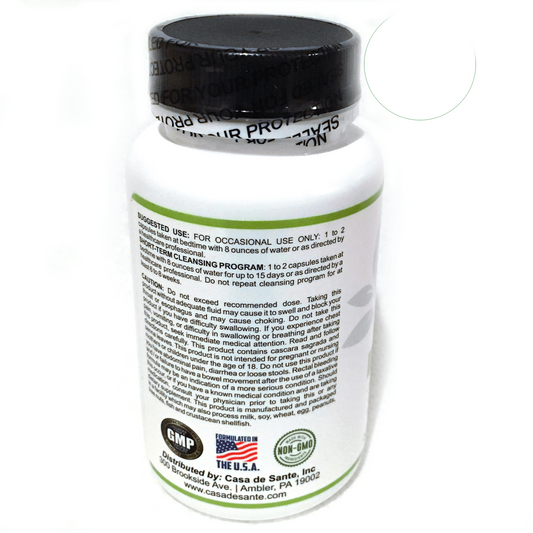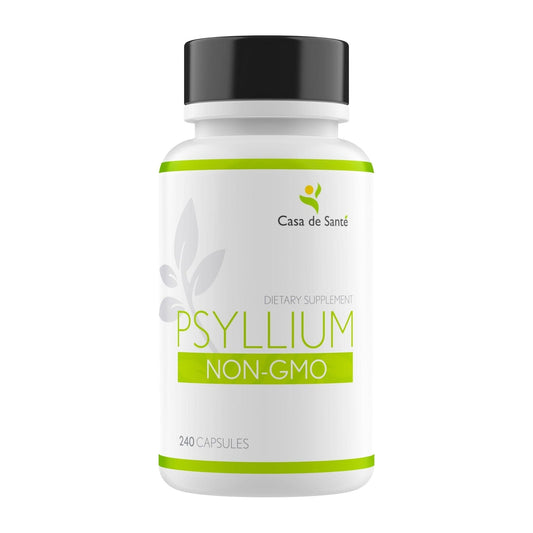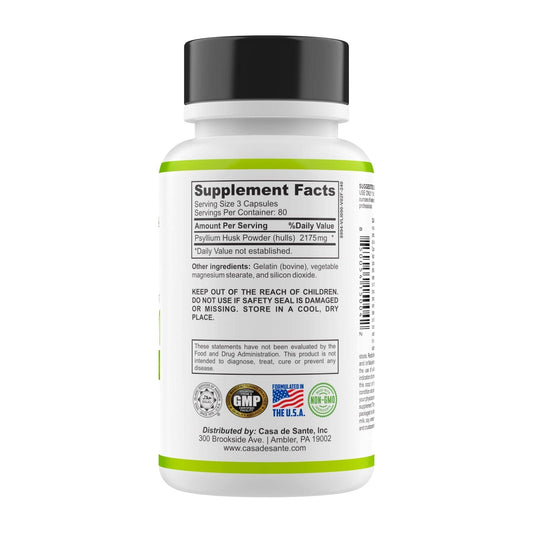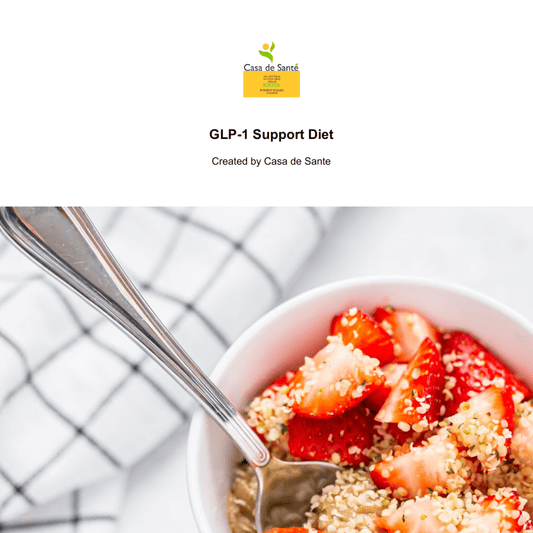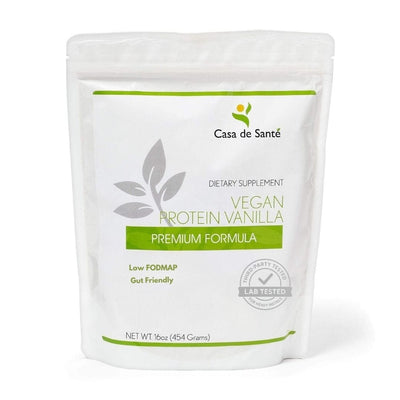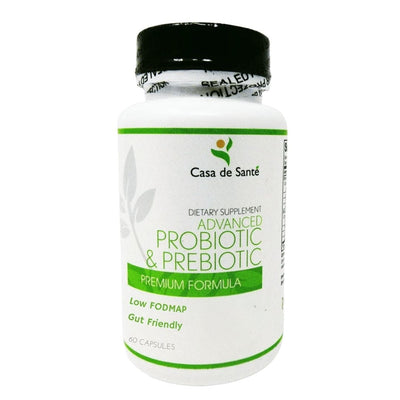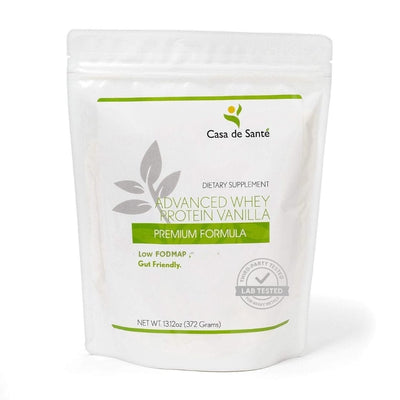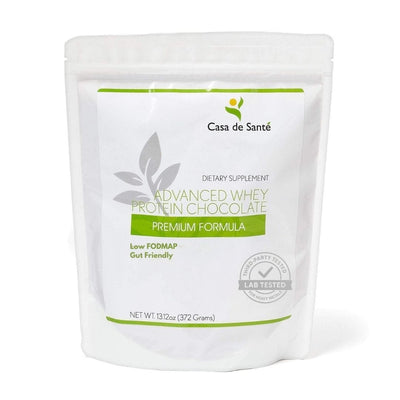Shirataki Pasta vs Wheat Pasta
Shirataki Pasta vs Wheat Pasta
There is no denying that pasta has become a staple in many households. Whether it's a delicious bowl of spaghetti, a comforting lasagna, or a cheesy macaroni dish, pasta has a way of satisfying our cravings. However, with the growing interest in healthier options, many are turning to alternatives such as shirataki pasta. In this article, we will explore the differences between shirataki pasta and wheat pasta, examining their nutritional value, health benefits, taste, and cooking methods.
Understanding the Basics of Pasta
Pasta is a staple food in many cuisines around the world. It comes in various shapes, sizes, and flavors, making it a versatile ingredient that can be used in a wide range of dishes. Whether you're a fan of traditional wheat pasta or looking for a healthier alternative like shirataki pasta, understanding the basics of these different types can help you make informed choices when it comes to your meals.
What is Shirataki Pasta?
Shirataki pasta, also known as miracle noodles, is a type of pasta made from konjac flour, which is derived from the root of the konjac plant. This plant is native to parts of East Asia and has been used for centuries in traditional Asian cuisine. The konjac plant is known for its health benefits, as it is rich in dietary fiber and has very few calories.
Shirataki pasta is unique in that it is incredibly low in calories and carbohydrates, making it an excellent choice for those who are watching their weight or following a low-carb diet. It is also gluten-free, making it an ideal option for those with gluten sensitivities or celiac disease.
When cooked, shirataki pasta has a slightly chewy texture and a neutral taste. This makes it a versatile ingredient that can be paired with various sauces, vegetables, and proteins to create delicious and healthy meals.
What is Wheat Pasta?
On the other hand, wheat pasta is the traditional pasta made from durum wheat flour. This type of pasta is the most commonly consumed and is available in various shapes and sizes, such as spaghetti, penne, and macaroni. Wheat pasta has a rich and hearty flavor that pairs well with a wide range of sauces and ingredients.
Unlike shirataki pasta, wheat pasta contains gluten, which is a type of protein found in wheat and other grains. Gluten gives wheat pasta its elasticity and helps it hold its shape when cooked. However, it is important to note that individuals with gluten sensitivities or celiac disease should opt for gluten-free alternatives to avoid any adverse reactions.
Wheat pasta is a great source of carbohydrates and provides energy for the body. It is also a good source of fiber, B vitamins, and minerals like iron and magnesium. When cooked al dente, wheat pasta has a firm texture that adds a satisfying bite to any dish.
In conclusion, whether you choose shirataki pasta for its low-calorie and gluten-free properties or opt for traditional wheat pasta for its rich flavor and versatility, both types offer unique qualities that can enhance your culinary experience. Experimenting with different types of pasta can open up a world of possibilities in the kitchen, allowing you to create delicious and satisfying meals for yourself and your loved ones.
Nutritional Comparison
Calorie Content
One of the most significant differences between shirataki pasta and wheat pasta is their calorie content. Shirataki pasta is extremely low in calories, with approximately 10 calories per serving. This means that you can enjoy a generous portion of shirataki pasta without worrying about consuming excessive calories. On the other hand, wheat pasta contains around 200-220 calories per serving. This significant difference in calories can make a substantial impact on individuals who are watching their calorie intake or aiming to lose weight. By choosing shirataki pasta, you can indulge in a satisfying meal without compromising your calorie goals.
Moreover, the low calorie content of shirataki pasta can be attributed to its main ingredient, glucomannan. Glucomannan is a soluble fiber that is known for its ability to absorb water and form a gel-like substance in the digestive tract. This gel-like substance slows down the digestion process, leading to a prolonged feeling of fullness and reduced calorie intake. So not only does shirataki pasta have fewer calories, but it also helps you feel satisfied for longer periods, making it an excellent choice for weight management.
Fiber and Protein Content
When it comes to fiber and protein content, shirataki pasta takes the lead. It is packed with soluble fiber, which can help improve digestion and promote a feeling of fullness. In fact, a single serving of shirataki pasta can provide up to 3 grams of fiber, which is approximately 10% of the recommended daily intake. This fiber content not only aids in digestion but also helps regulate blood sugar levels and cholesterol levels. Incorporating shirataki pasta into your diet can be a great way to increase your fiber intake and support a healthy digestive system.
On the other hand, wheat pasta contains less fiber but is higher in protein. Protein is an essential nutrient that is involved in various bodily functions, including muscle repair and growth, hormone production, and immune system support. While shirataki pasta may not be as high in protein as wheat pasta, it still provides a small amount of this important nutrient. By pairing shirataki pasta with protein-rich ingredients like lean meats, tofu, or legumes, you can create a well-balanced meal that satisfies your protein needs.
Vitamins and Minerals
While shirataki pasta may be low in calories, it is also low in essential vitamins and minerals. Wheat pasta, on the other hand, contains an array of B vitamins, including folate, as well as minerals such as iron and zinc. These nutrients play a crucial role in maintaining optimal health and supporting the body's functions. Folate, for example, is necessary for DNA synthesis and cell division, making it especially important during periods of rapid growth, such as pregnancy. Iron is essential for the production of red blood cells and oxygen transport, while zinc is involved in immune function and wound healing.
Therefore, if you are looking to increase your intake of vitamins and minerals, wheat pasta may be a better choice. However, it is worth noting that a well-balanced diet should include a variety of nutrient-rich foods. By incorporating a diverse range of fruits, vegetables, whole grains, and lean proteins into your meals, you can ensure that you are meeting your nutritional needs.
Health Benefits
Benefits of Shirataki Pasta
Shirataki pasta offers several health benefits due to its low-calorie and high-fiber content. Consuming shirataki pasta can help promote weight loss, as it provides a feeling of fullness without the excess calories. This is particularly beneficial for individuals who are trying to manage their weight or reduce their calorie intake.
In addition to its weight loss benefits, shirataki pasta is also known for its ability to regulate blood sugar levels. The soluble fiber found in shirataki pasta slows down the digestion process, preventing rapid spikes in blood sugar levels. This can be especially beneficial for individuals with diabetes or those who are at risk of developing the condition.
Furthermore, shirataki pasta can improve gut health by supporting the growth of beneficial gut bacteria. The fiber in shirataki pasta acts as a prebiotic, providing nourishment for the good bacteria in the gut. A healthy gut microbiome is essential for optimal digestion, nutrient absorption, and overall immune function.
Benefits of Wheat Pasta
Wheat pasta, despite being higher in calories compared to shirataki pasta, offers its own set of health benefits. It is a great source of energy, thanks to its carbohydrate content. Carbohydrates are the body's primary source of fuel, providing the energy needed for everyday activities and exercise.
Additionally, wheat pasta is rich in essential nutrients that support various aspects of health. It contains B vitamins, such as thiamine, riboflavin, and niacin, which are important for brain function, energy production, and the metabolism of carbohydrates, fats, and proteins. These vitamins also play a crucial role in maintaining a healthy nervous system.
Moreover, wheat pasta provides a significant amount of iron, a mineral essential for the production of red blood cells. Iron is necessary for oxygen transport throughout the body and plays a vital role in preventing iron-deficiency anemia. Including wheat pasta in your diet can help ensure an adequate intake of this important mineral.
While wheat pasta may be higher in calories, it can still be enjoyed as part of a balanced diet, especially for individuals who have higher energy needs or engage in regular physical activity.
Taste and Texture
Evaluating the Taste of Shirataki Pasta
Shirataki pasta has a unique taste and texture that sets it apart from wheat pasta. Some describe the taste as slightly fishy, while others find it bland. The texture of shirataki pasta is gelatinous and chewy, which may not appeal to everyone's palate. However, it is worth noting that the taste and texture can be altered by various cooking techniques and accompanying sauces.
When it comes to the taste of shirataki pasta, the slight fishy flavor can be attributed to the ingredient used to make it - konjac flour. Konjac flour is derived from the root of the konjac plant, which naturally contains a substance called glucomannan. Glucomannan is known for its unique taste, which can be reminiscent of seafood. This flavor profile makes shirataki pasta a popular choice for seafood-based dishes or those looking to add a subtle oceanic twist to their meals.
As for the texture, the gelatinous and chewy nature of shirataki pasta is a result of its composition. The glucomannan in konjac flour has the ability to absorb water, forming a gel-like substance when cooked. This gives the pasta its characteristic chewiness, which can be an acquired taste for some. However, this texture can be quite satisfying for those who enjoy a more substantial bite in their pasta dishes.
When preparing shirataki pasta, it is important to note that the taste and texture can be influenced by the cooking techniques employed. Many people prefer to rinse the pasta thoroughly before cooking to remove any residual odor or taste. Others opt to boil or pan-fry the pasta to enhance its texture and remove excess moisture. Additionally, the choice of sauce can greatly impact the overall taste experience. Creamy sauces, spicy marinara, or even a simple olive oil and garlic combination can complement the unique qualities of shirataki pasta.
Evaluating the Taste of Wheat Pasta
Wheat pasta, on the other hand, has a more familiar taste and texture. Its subtle nutty flavor and al-dente texture are well-loved by pasta enthusiasts. The versatility of wheat pasta allows for endless possibilities when it comes to sauce pairings, making it a go-to option for many.
The taste of wheat pasta is often described as earthy and slightly nutty. This flavor profile is a result of the wheat flour used in its production. Wheat flour contains gluten, which gives the pasta its characteristic chewiness and contributes to its taste. The nutty undertones of wheat pasta can add depth and richness to a variety of dishes, making it a popular choice for classic Italian recipes like spaghetti carbonara or fettuccine Alfredo.
When it comes to texture, wheat pasta is known for its al-dente bite. Al-dente, meaning "to the tooth" in Italian, refers to pasta that is cooked just enough to retain a slight firmness when bitten into. This texture is achieved by cooking the pasta for a shorter period of time, resulting in a more toothsome mouthfeel. The al-dente texture of wheat pasta adds a satisfying chewiness to each bite, allowing the flavors of the sauce to meld with the pasta without becoming mushy or overcooked.
Due to its neutral taste and versatile texture, wheat pasta can be paired with a wide range of sauces and ingredients. From hearty tomato-based sauces to creamy cheese sauces or even light olive oil and herb combinations, the possibilities are endless. This adaptability makes wheat pasta a favorite among home cooks and professional chefs alike, as it can easily be incorporated into various culinary creations.
Cooking and Preparation
How to Cook Shirataki Pasta
Shirataki pasta requires special preparation before consumption. It is packaged in a liquid that has a slight odor, which can be eliminated by rinsing the pasta thoroughly under cold water. Afterward, it is essential to boil the shirataki pasta for a few minutes and then dry it well. This step is crucial to improve the texture and remove any remaining odor. Once prepared, shirataki pasta can be cooked using various methods such as stir-frying, sautéing, or adding it to soups and stews.
How to Cook Wheat Pasta
Preparing wheat pasta is relatively straightforward. All it requires is boiling the pasta in salted water until it reaches the desired consistency, typically around 8-12 minutes. Once cooked, wheat pasta can be paired with a variety of sauces and seasonings, allowing for endless culinary creativity.
In conclusion, both shirataki pasta and wheat pasta have their own unique qualities that cater to different dietary preferences and health goals. While shirataki pasta is a low-calorie and gluten-free alternative, wheat pasta offers a more nutrient-dense option. The choice between the two ultimately depends on individual preferences, dietary restrictions, and health objectives. Whether you opt for the slimming properties of shirataki pasta or indulge in the comforting taste of traditional wheat pasta, enjoying pasta in moderation can be part of a balanced and diverse diet.
